
Will Rivian be able to rival Tesla?
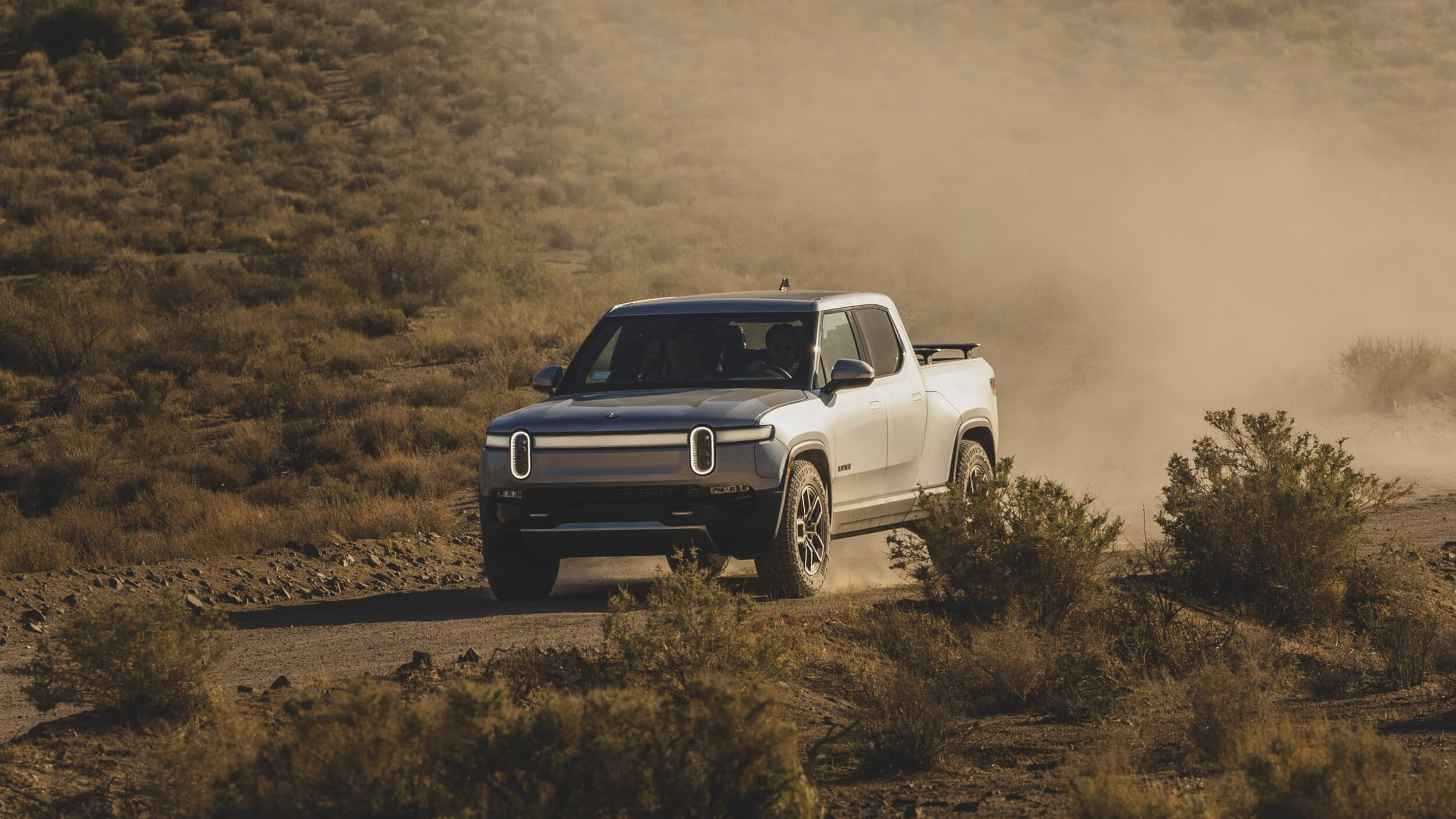
Most recent
As the age-old car makers have yet to reach their full EV output, a lot of startups are revealing their innovative vehicles to enter the market gap that is now open. Tesla has been reigning supreme for years, Lucid seems a viable contender and Chinese brands such as Lynk & Co, Nio, and Xpeng are trying to conquer market share in Europe. In the United States, Rivian is one of the hottest EV startups, receiving investments from giants like Amazon and Ford. But can it catch up to the head start that Tesla has created for itself, giving established automakers a run for their money?
Tesla EV dominance
Tesla was able to create quite the headstart for itself in the last 6 years. This will help us contextualize the gargantuan task Rivian has to undertake to gain momentum and either rival or overtake Tesla’s car sales. In 2016, Tesla delivered 75,900 vehicles worldwide. In 2017, it delivered 103,100 units, and three years later it delivered 499,000 cars. In 2021, it breached the 500-thousand mark, delivering 627,350 vehicles. Over the period 2016 up to 2021, it delivered nearly 2 million cars around the world.
While these figures pale in comparison to giants such as the Toyota Motor Corporation which sold 774 thousand vehicles in November 2021, in the EV space not a lot of companies can rival the output of Tesla. While other competitors are quickly gaining traction, Tesla still dominated EV sales, with a new vehicle registration market share of 66.3% in the United States. When Rivian reached its $100 billion valuation for its IPO, Tesla CEO, Elon Musk tweeted, “There have been hundreds of automotive startups, both electric and combustion, but Tesla is [the] only American carmaker to reach high volume production & positive cash flow in the past 100 years.” He elaborated by saying that the true test for Rivian would be reaching a break-even cash flow whilst maintaining and achieving high production output. Can Rivian prove Elon Musk wrong or will it fail to even deliver its first batch of vehicles?
The Rivian Story and massive funding
The Rivian Story begins in 2009, founded by R.J. Scaringe. Two years down the line, Rivian was still an unknown brand within the automotive industry with just 20 employees. Despite its small size, it was able to convince the designer of the legendary vehicles, the McLaren F1 and the Jaguar XJR-15, Peter Stevens to join the company. This is significant as a good designer can set apart the brand from its competitors and when a design is well received, it can result in massive hype and sales. Stevens told egmCartech this was a unique opportunity to join a company that was just developing its designs.
Rivian has been flying under the radar for some years until in 2017, Rivian announced it would buy a former Mitsubishi plant based in Illinois, which served as the manufacturing facility for the Outlander, which would be relocated back to Japan. The plant would create 500 jobs across 5 years and another 1,000 jobs would be added once the plant would reach full capacity. The news was well received by locals. Kyle Ham, CEO of Bloomington-Normal Economic Development Council said the acquisition of the plant would result in a continuation of the workforce and herald a new future for the local community.
In February 2019, Rivian received an investment of $700 million led by Amazon. The investment is part of Amazon’s plan to have 100,000 electric vehicles operational to offset its carbon footprint, which is an extension of its Climate Pledge made in 2019, meeting the Paris Climate Agreement’s net zero targets 10 years ahead of schedule. In a news post, Ross Rachey, director of Amazon’s global fleet and products stated that the company aims to build the most sustainable transportation fleet in the world.
In April 2019, Rivian announced it received $500 million in funding from Ford. The companies revealed they were also collaborating to build an electric vehicle under the Ford label which would be using the platform technology of Rivian. This would result in the transformation of Ford to build an all-electric fleet. The investment into Rivian is part of Ford’s larger strategic goals to transform its operations to build EVs. In 2019, Ford announced it would also invest $700 million in its manufacturing plant in Dearborn to build the electric Ford F-150 pick-up truck. Furthermore, it stated in a press release that it would be offering the largest public charging network to its customers.
In an interview with Green Tech Media in 2019, Scaringe reflected on setting up the company and relating to the complex endeavor of establishing Rivian. He noted that building an electric vehicle requires hundreds of suppliers, hundreds of employees, and hundreds of millions in funding. All these moving pieces have to come together in a manufacturing plant that can operate on an industrial scale.
When asked how he was able to receive the initial funding rounds, he said, “It was really hard. When I first started the company, we had no money, no teams, no capital, no suppliers, no technology, and no product. And, frankly, if I knew how hard it was going to be, I may have felt differently.” Further saying, “But ultimately I was able to put together a very small amount of money, a couple of million dollars in early investment.” Scaringe’s team focused on building a sports car first, but simultaneously couldn’t find investors who were willing to further invest in the company. He decided Rivian needed to reshift its focus to an adventure-oriented vehicle, taking away all compromises current EV owners had to make. Scaringe was able to connect with the multinational conglomerate Abdul Latif Jameel Co through MIT who were willing to invest in the vision set out by Rivian.
In July 2021, Rivian received an additional $2.5 billion in funding. Rivian CEO RJ Scaringe said in a press release, Rivian said that the cash injection would help the company to develop its new vehicle programs, expand its domestic facility and accelerate its international rollout. In December 2021, Rivian announced it would be building a manufacturing plant in Georgia, with a $5 billion project cost. In a news release, the company plans to hire 7,500 employees to operate the plant with a production output of 400,000 vehicles annually. Construction of the factory is planned to start in the summer of 2022 with production starting in 2024. It further announced that it would be expanding its operations at its current plant in Normal, Illinois, increasing the plant’s footprint to 4 million square feet.
Rivian production challenges
Despite its strong announcement to build a plant, Rivian shares fell after news came out that the company was not reaching its production target for 2021. The shares fell 10.3%. According to CNBC, the fall came after industry analysts found that production issues could plague the company and prevent it from reaching its vehicle production targets. Investors were considering it a minor hick-up and expected the company to bounce back.
On top of its shares falling from delayed deliveries, Ford announced it would no longer create a vehicle built on the Rivian platform, convinced that it would be able to manage to become the largest EV producer on its own. While Ford would keep its remaining 12% stake in Rivian, this comes as an additional setback for the EV start-up. To CNBC, Rivian said in a statement, “As Ford has scaled its own EV strategy and demand for Rivian vehicles has grown, we’ve mutually decided to focus on our own projects and deliveries.’’ It claimed that the relationship with Ford would be a vital part of its strategy, and Ford did not back out of investing in Rivian but would remain a valuable partner for sustainable transportation.
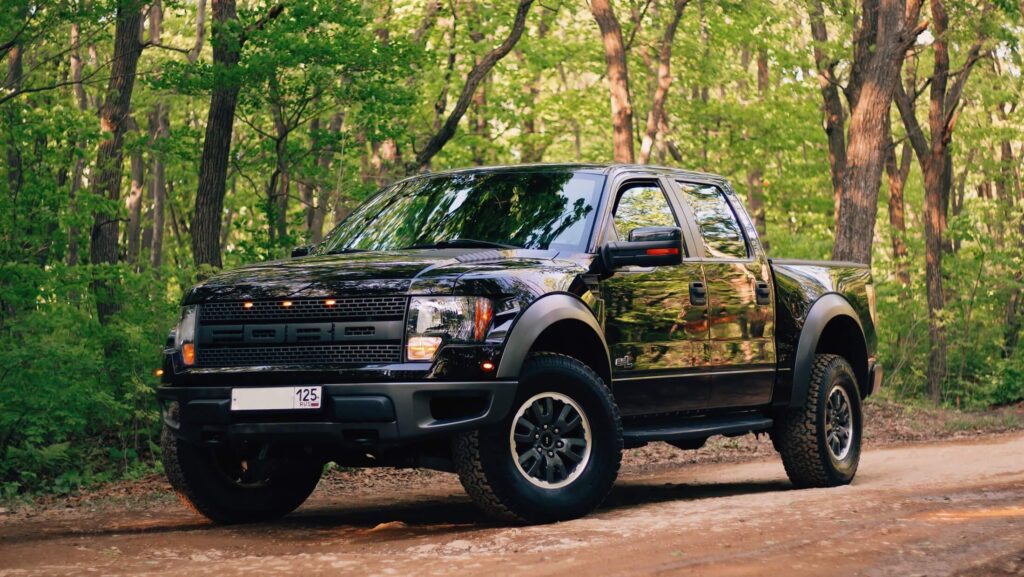
Despite the promising reply, the news resulted in Rivian shares falling 2% and Ford shares failing by less than 1%. Rhian Hunt wrote in the Motley Fool, that this separation might be a better deal for Ford. Whilst the battery collaboration has not turned into a product, Ford still has many Rivian stocks, namely 102 million shares with a purchase value of $820 million. In January 2022, Market Watch reported that Ford had made $8.2 billion from its investment in Rivian as the EV start-up went public.
On top of Ford pulling out, Rivian saw another setback. Its shares fell over 15% after Amazon announced in January 2022 that it would be providing the in-car dashboard software for the Stellantis Group. Amazon would also be the first commercial customer of Stellantis’ Ram ProMaster battery-electric vehicle, which is predicted to have a delivery date of 2023. While Amazon said in a statement that it keeps supporting Rivian, but that it had always planned to have multiple suppliers for its last-mile delivery operations and reach its sustainability targets. The words of the spokesperson might take some heat from the announcement, it reveals that, just like with Ford, trust in Rivian is decreasing as it has yet to show it can deliver a vehicle.
Rivian is starting deliveries, but challenges remain
In March 2022, Rivian revealed figures where it said that it delivered 920 vehicles in 2021 and claimed that the deliveries were picking up at the beginning of the year. This is better than most EV start-ups, but a far cry from the numbers that Tesla is generating. On top of the sluggish deliveries, Rivian generated a net loss of $4.5 billion in the same. If sales don’t pick up soon enough, it will either default on its payments or take up more debt to meet its financial responsibilities.
Further reading
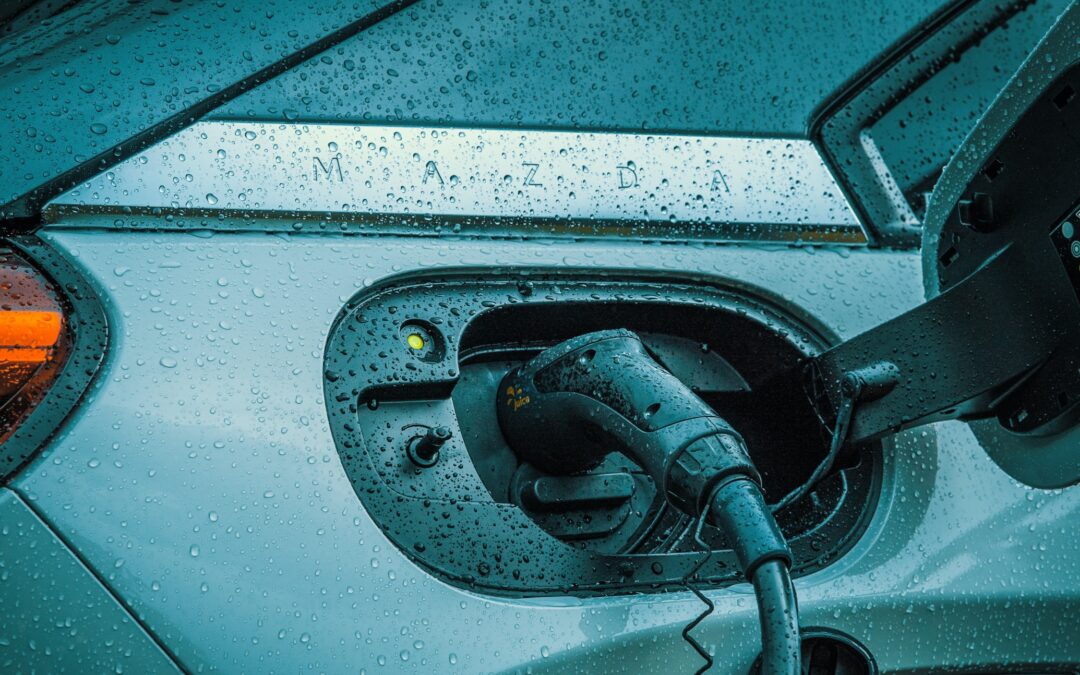
Will Mazda survive the EV revolution?
Mazda has been reluctant to release dedicated EV models. Can it ramp up fast enough to survive the switch to electric...
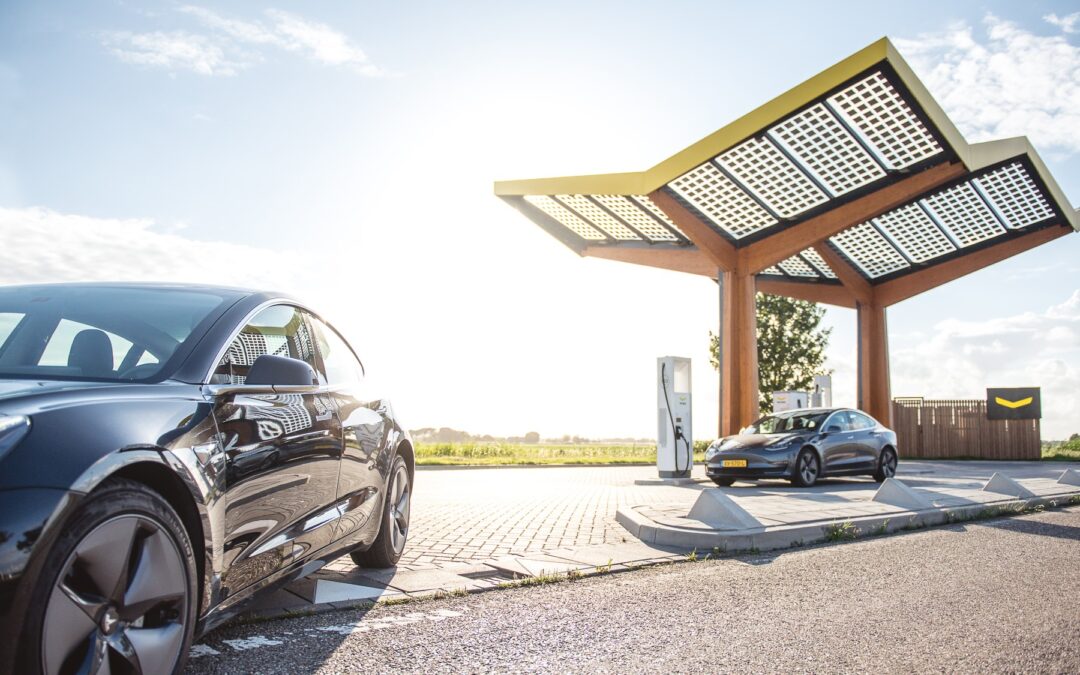
Can Fastned compete with IONITY?
Dutch EV charging start-up Fastned is rapidly expanding across Europe, but is able to keep up with its main competitor...
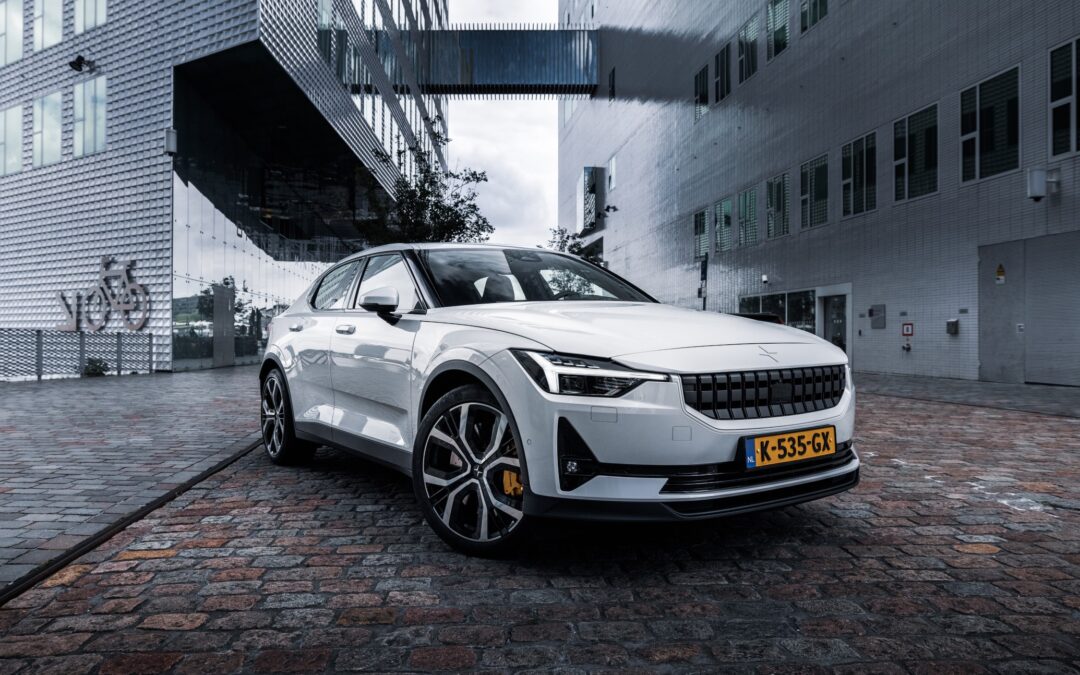
How Polestar wants to make the cleanest EV
Through unprecedented dedication, is EV-start-up Polestar trying to decarbonize its entire supply chain. ...
Most recent

How Myanmar lost 30% of its forest in 30 years
Myanmar is seeing deforestation rates increase rapidly. In the last three decades, the country already lost 30 percent...

Portugal’s struggle to part with fossil fuels
Portugal is heavily reliant on fossil fuels and its love affair with the fossil fuel industry makes transitioning to...

Climate change spells uncertain future for winemakers
Winemakers ride into an uncertain future as climate change spells greater uncertainty for their businesses. Climate...


